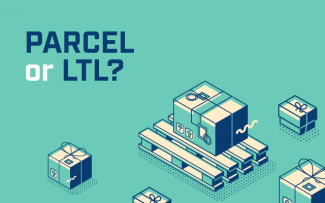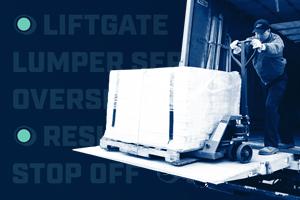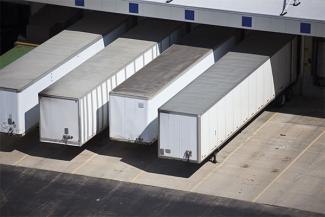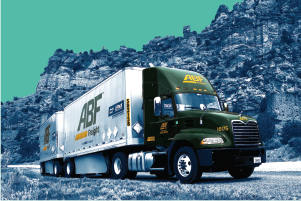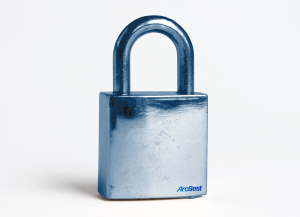How the COVID-19 Pandemic Affected LTL Market Demand
The Benefits of Shipping LTL Compared to Parcel
Accessorial Charges in Truckload and LTL Freight
Understanding accessorial fees and which ones you might need
Because many shipments need more than standard pick-up and delivery options, transportation providers often offer additional solutions to customize the service. But since not everyone needs the same add-ons, they’re charged as accessorial fees.
How Long Does Freight Delivery Take?
Make the best decisions for your shipments by understanding transit options
“How long does freight shipping take?” — it’s the question every shipper wants to know the answer to so they can plan appropriately and set the right expectations for delivery. And it depends on several things. Let’s look at how transit times are calculated, the things that could impact delivery, and what to expect for each mode and service option.
How to Ship Freight: Equipment Types and Services
What types of transportation equipment are available?
No matter what industry you’re in, getting products to your customers on-time and in good condition is vital to your business’ success.
Freight Pickup and Delivery – What You Should Know
A great shipping experience begins with a smooth pickup
When customers get their shipments on time and without damage, they’re much more likely to keep doing business with you and talk about their positive experience. But if something goes wrong and their expectations aren’t met, they’ll just tell people about their negative experience. That’s why scheduling freight pickup and delivery for the right time and place is critical.
Premium Cargo Coverage
Protect your investment against the unexpected
Is standard liability coverage sufficient for your freight? Would the unlikely event of loss or damage have a significant negative impact on your business? If so, ArcBest® now has a solution designed to help put your mind at ease.
Do I need time-critical or expedited shipping services?
Compare ArcBest time-critical and expedite solutions
When standard delivery times and options don’t fit your needs, ArcBest® offers two solutions: time critical and expedite. These fast shipping services provide unique benefits for shippers — from speed and precision to enhanced safety and security. While both options can provide faster-than-average transportation times, there are a few differences to consider. Take a look at what these solutions entail, and learn when each one is right for your business.
Cargo Security: Protecting Your LTL Freight
Cargo theft in North America
Cargo theft isn’t just a big issue for shippers and carriers. It also has a significant impact on the economy. When freight is stolen, supply chains are disrupted, freight isn’t delivered as planned, customer satisfaction is impacted, and downstream costs are incurred (including higher insurance rates). The costs for all of this ultimately gets passed on to the consumer.




